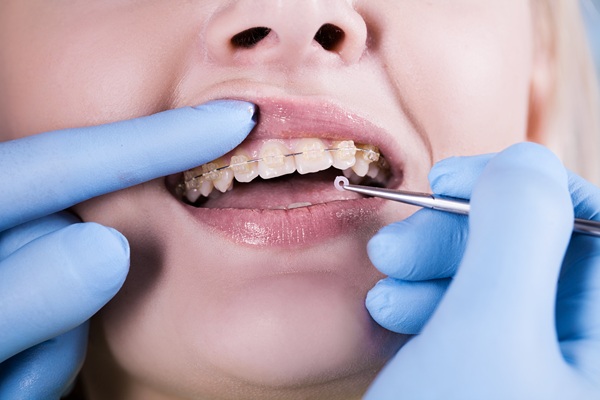 When it comes to orthodontic therapy, there are solutions for everyone. Orthodontics covers a wide range of conditions, from minor to severe and everything in between. If you are unhappy with your smile, you should visit an orthodontist. There is a solution to repair your teeth, no matter what your concerns are. You can then feel good about your appearance once more.
When it comes to orthodontic therapy, there are solutions for everyone. Orthodontics covers a wide range of conditions, from minor to severe and everything in between. If you are unhappy with your smile, you should visit an orthodontist. There is a solution to repair your teeth, no matter what your concerns are. You can then feel good about your appearance once more.
Orthodontic problems and what causes them
Many factors can affect a person’s smile. One of the most common is when an individual has crooked teeth. Misalignments can be embarrassing and cause a person to want to avoid being around other people. Bite dysfunctions are other concerns that include crossbites, overbites, and underbites. A patient may seek treatment for crowded teeth, gaps in the mouth, or irregularly shaped teeth.
Often, hereditary factors cause these troubles. But poor oral hygiene can also contribute. For example, gum disease can loosen teeth and displace them. In addition, injuries can cause alignment problems. Losing baby teeth too soon are also factors in orthodontic issues.
The consultation
The first step in getting orthodontic treatment is to meet with an orthodontist. Here, the orthodontist will evaluate the person’s condition and needs. From here, the two can discuss which options make sense to straighten the teeth or repair the bite problems. The orthodontist will review the person’s health history and dental history. At this visit, the orthodontist may also take X-rays and make impressions of the teeth.
Braces
Metal braces have been a popular orthodontic method for straightening teeth for decades. Braces are made of metal wires and brackets, which, along with elastics, put pressure on the teeth. Gradually, this pressure forces the teeth to move into the correct positions in the mouth. Braces can address crooked teeth as well as bite problems. The orthodontist will customize the treatment length according to the patient’s needs.
Aligners
Aligners are similar to braces in the way they straighten teeth. This orthodontic treatment also puts pressure on the teeth, causing movement. However, aligners are clear plastic trays that fit over the mouth. The appliance is virtually invisible, making it a good choice for people who are worried about their appearance. The device is also removable and can be out of the mouth for a few hours a day. To customize treatment, the orthodontist will provide the patient with a new set of aligners every few weeks as the teeth move.
Clear braces
If a patient prefers braces or aligners but still wants a more discreet option, clear braces might be the right choice. Instead of using metal brackets and wires, this orthodontic approach uses a tooth-colored material. The orthodontist will bond ceramic or porcelain components to the teeth so that they blend in well and do not stand out. The goal is the same: to straighten teeth and fix bite dysfunctions.
Options are available to fit your preferences
It can be difficult to live with crooked teeth and other alignment challenges. The good news is that you can find relief. A new smile awaits with a treatment you can be happy with. Discuss these different orthodontic methods with your orthodontist today.
Request an appointment or call Michael Emanuel DDS PLLC at 718-635-4822 for an appointment in our Brooklyn office.
Related Posts
Curious about orthodontic treatment? Read on to learn more. Straight teeth and properly aligned jaws make for a healthy and functional smile. Many people are lucky to have naturally straight teeth, but others require orthodontic intervention to correct overcrowding, gaps, or misalignment. In some cases, orthodontic therapy can extend far beyond repositioning the teeth in…
Discovering you need orthodontic care does not have to be a worrisome situation. The orthodontist will help you the whole way, and the staff will guide you on any concerns, ranging from financing to maintenance. If you have booked an appointment with an orthodontist, this piece provides a guide on what to expect and questions…
Maintaining the position of the teeth after orthodontic treatment requires the use of dental retainers. Read on to learn about the different types of retainers available. As soon as the braces or aligners come off, your teeth will begin repositioning themselves to where they were before treatment. To avoid relapse, you should use retainers. They…


